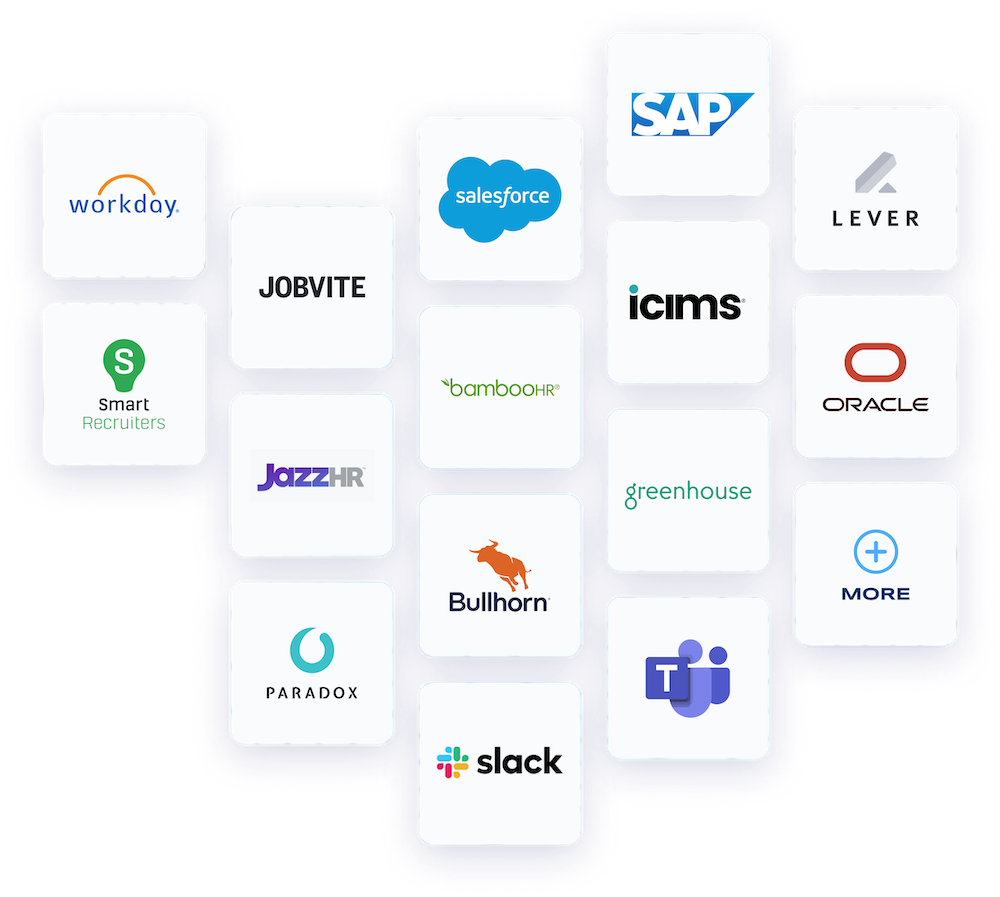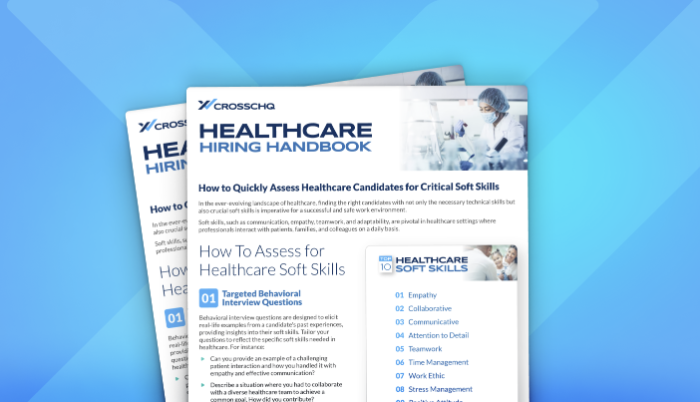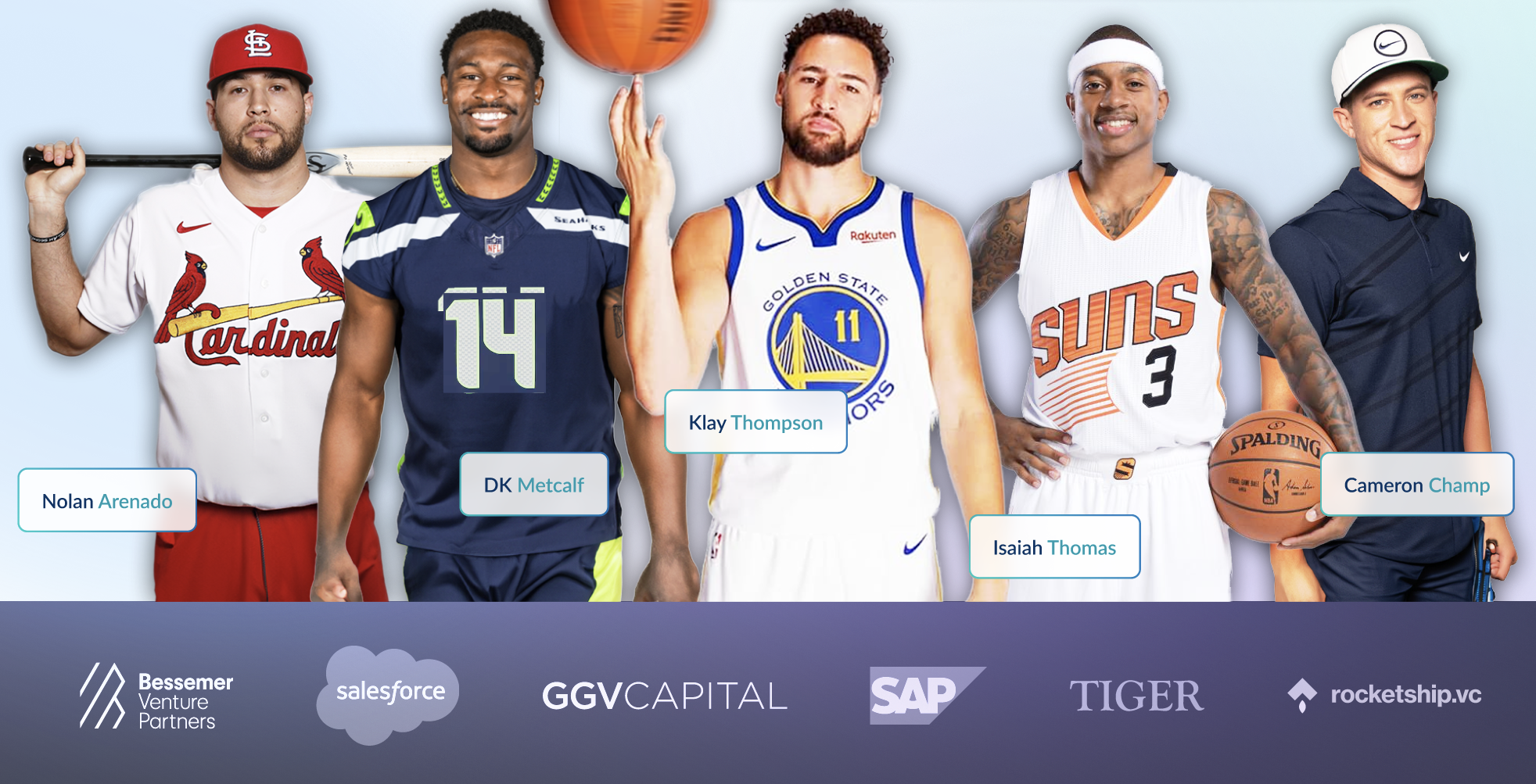

Crosschq Blog
Reference Checking: The Big Dirty Secret


Why do the words “Reference Checking” make hiring professionals run for the hills?
Hiring mistakes are the bane of existence for most companies. They ripple through businesses damaging morale, killing financials, and negatively impacting every touch point. So why is reference checking so undervalued?
7 reasons Reference Checking is a Big Dirty Secret
Big Dirty Secret #1: Executives buy-in on the many myths and misconceptions around what information can and cannot be legally and ethically obtained.
Big Dirty Secret #2: Most companies have a cursory, check-the-box process, typically performed AFTER a hiring decision has been made when all are psychologically invested in a candidate.
Big Dirty Secret #3: Hiring professionals lack awareness around what a proactive, effective reference checking process is. Or, an unwillingness to invest the time, energy, or resources to do it excellently.
Big Dirty Secret #4: A Reference Checking process or function is assigned by hiring professionals to a back office or individual lacking the requisite skill-set or personality to properly drive and manage it.
Big Dirty Secret #5: Conflict of interest/bias. Executives and hiring professionals allow retained or contingency recruiters to check references.
Big Dirty Secret #6: Hiring professionals contact only the suggested references provided by the candidate, they contact too few references, and they don’t expand outside of suggested references on the more critical executive hires.
Big Dirty Secret #7: Reference checking is skipped altogether based on fear of losing a candidate, desperation to get a seat filled, or on an interview and gut instinct alone.
References are invaluable resources that prevent costly and destructive hiring mistakes
Some bad hires are lackluster, some are downright toxic, but all disrupt, stunt growth and kill profits. The CEO of a company once told me a bad hire stayed on for nearly 10 years. After this individual was finally terminated, a grief counselor was brought in to help employees deal with the trauma and aftermath caused by this one caustic employee.
A high caliber practice of referencing is not only an insurance policy against a costly bad hire, it’s the way to go when validating critical hires, especially management and C-Suite — ensuring they are not only who you think they are but also possess the chops necessary to be successful in the role. Hiring based on a resume, interview, and your instinct alone does not establish whether someone can do a job or fit into a culture. If it did, there would never be a bad hire.
I’ve been in this game for over 20 years and one sector that gets it right is private equity. The intelligence gathered from executive referencing weighs so heavily on high stakes hiring decisions and investments, they won’t roll the dice without it. There are very few practitioners who possess the unique skill set to track down the right people and get them talking — it’s like gold to a hiring decision. I see a huge market need to extend my expertise into the Fortune 500 world so they too can benefit from following the lead of the big private equity firms, who have an emotional connection to their investments.
The result of a well-executed reference checking practice driven by empathy, vision, and the right person behind it, is invaluable to a hiring process and success in selecting the best-qualified talent. A thoughtful and well-communicated approach establishes trust and builds emotional rapport that gets references comfortable sharing insights that empower well-informed decisions.
No matter how sold you are on a candidate, nothing yields new insights, clarifies existing ones, and creates an opportunity to learn about someone’s character more than the professionals they’ve worked closest with and who know them best. Most new hires fail not because of technical skills rather a lack of culture fit, motivation, grit, and emotional intelligence – all of the things you can learn about a candidate when you speak to the right people, ask the right questions and listen.
Eliciting these insights from a wealth of perspectives, from the top down, unlocks the key to making hiring decisions that stick. I’ve been honing the art of this intelligence gathering for over 20 years and I’m always fascinated by what I’ve learned about a candidate after speaking with references.
I’ve come to the realization that the common practice of Reference Checking in corporate America is not only broken, it’s a big, dirty secret. It’s not even on the radar of most business leaders, managers, and hiring professionals. Many are unaware that an effective solution for reference checking even exists. Therefore, there is little investment of time and energy invested to give it the importance it deserves. It simply gets brushed under the rug, pegged as a waste of time, treated as cursory, or skipped altogether. And the result is disastrous in some cases.
Sourcing, hiring and retaining top talent is an agonizing pain point for most companies
The biggest struggle and pain point for companies today is sourcing, hiring and retaining top talent. Namely, A-players who drive innovation, make the best managers, and are inspired to go to work every day. They are a class of superstars that deliver the highest level of customer satisfaction and create healthy, growing businesses. Unfortunately, they only account for about 30% of the entire US workforce.
A well-orchestrated and strategic referencing practice is not only designed to dodge a bad hire, but it also ensures the individual being referenced is an A-player and meets the requirements to be successful in the position. Reed Hastings, co-founder, Chairman, and CEO of Netflix believes reference checking is the most important step in hiring yet one he finds shockingly underutilized.
According to Brad Smart, author of Topgrading, the average company gets hiring right about 25% of the time.
Steve Jobs had it right when he said a small group of A-players runs circles around a large team of B and C players; B-players, roughly 50% of the workforce, show up to collect a paycheck, sleepwalk through the day, and are uninspired. C-players, roughly 20%, are simply toxic. Jobs credited Apple’s ability to find, hire, and retain A-Players as a key driver in the company’s unprecedented success. There’s a lot to be learned from Jobs legacy.
Impact of a bad hire on a culture
When bad hires are placed in the C-Suite, poor leadership behaviors trickle down and wreak havoc on a company culture. Mediocre managers tend to emulate poor leadership behaviors and bad habits spread like wildfire. Even when bad hires are removed, time and resources may still need to be invested to reset the behaviors of those who emulated the leadership style.
While bad hires are typically addressed more rapidly in larger companies who have the resources in place to accommodate such mistakes this isn’t always the case. Companies often throw good money after bad hoping the bad hire will eventually show up as the same person they interviewed. And some turn a blind eye to a bad hire because they don’t want to admit they’ve made a mistake or find it too daunting to restart the hiring process.
In addition to genuine, heartfelt leadership and the investment of time on the front end of a hiring process to land the best talent, one of the best ways to make a culture stick is to have fully engaged middle managers in place who act more like coaches, driving engagement, and inspiring teams. Extensive studies by Gallup continues to show that less than one-third of full-time employees in the US are enthusiastically involved, committed to, and inspired by their work.
Poor hiring decisions can lead to high turnover rates, which causes added strain to the existing workforce. Employee morale often takes a hit when a poor hiring decision is made, especially if the hire does not share the company’s values or goals.
EQ vs IQ: Bad hires know how to stay hidden
Most bad hires fail, not due to lack of technical skills, but lack of emotional intelligence, motivation, coachability, and temperament, which are much more predictive of a new hires’ success or failure. According to a Leadership IQ news release, “The typical interview process fixates on ensuring that new hires are technically competent,” explains Mark Murphy, CEO of Leadership IQ. “But do technical skills really matter if the employee isn’t open to improving, alienates coworkers, lacks drive and has the wrong personality for the job?”
Hiring managers are well equipped to evaluate technical skills but most commonly fail to properly assess personality traits which is what leads to bad hires, who are not always easy to spot. Business leaders and managers often misdiagnose people issues as process or technical issues. This is why an effective, high-caliber practice of reference checking is invaluable to a hiring process and the assessment of personality traits.
While part of the financial impact of a bad hire is quantifiable, it’s the opportunity and productivity loss that make hiring mistakes the silent killer of financials, and deadly to companies.
ghSMART, a top worldwide management assessment consulting firm headquartered in Chicago, conducted an extensive data-driven survey where over 100 of their clients, mostly business leaders, participated. Data showed nearly 80% of the overall cost of a bad hire lies in the wasted and missed business opportunities.
Evidence from ghSMART’s data pegs a mere $100k bad hire ballooning to nearly $1.5M. And the higher the level, the more eye-popping the numbers get.
Imagine the impact ten bad hires a year has on a business. Now imagine how doubling the number of great managers and engaged employees would impact your business.
DON’T SKIP THE REFERENCE CHECK!
When you weigh the investment of proper reference checking against the cost, disruption, and damage of a bad hire, it’s negligible and almost negligent not to do it. When reference checking is treated with the reverence a company-critical hire deserves, you’ll stack the deck in your favor, dodge risk, and make the best hiring decisions more often than not.
About the author: After 20 years recruiting for some of the top companies in the world, today I am leading the charge toward eradicating costly and destructive hiring mistakes that kill financials and disrupt companies. Applying my unique skill-set and proven method of reference checking, Sue Diligence, I work with executives and HR professionals, as a neutral and unbiased party, to gather the intelligence needed to protect their bottom line, ensuring they land the best talent by making the most informed hiring decisions. If you’d like to learn more about my service and method of reference checking, connect with me here on LinkedIn or visit my website for additional information: www.suzannekelly.com
Newsletter Sign Up

by Suzanne Kelly
File Under
Take the Guesswork
Out of Hiring
Schedule a demo now



%20-200x43.png)





